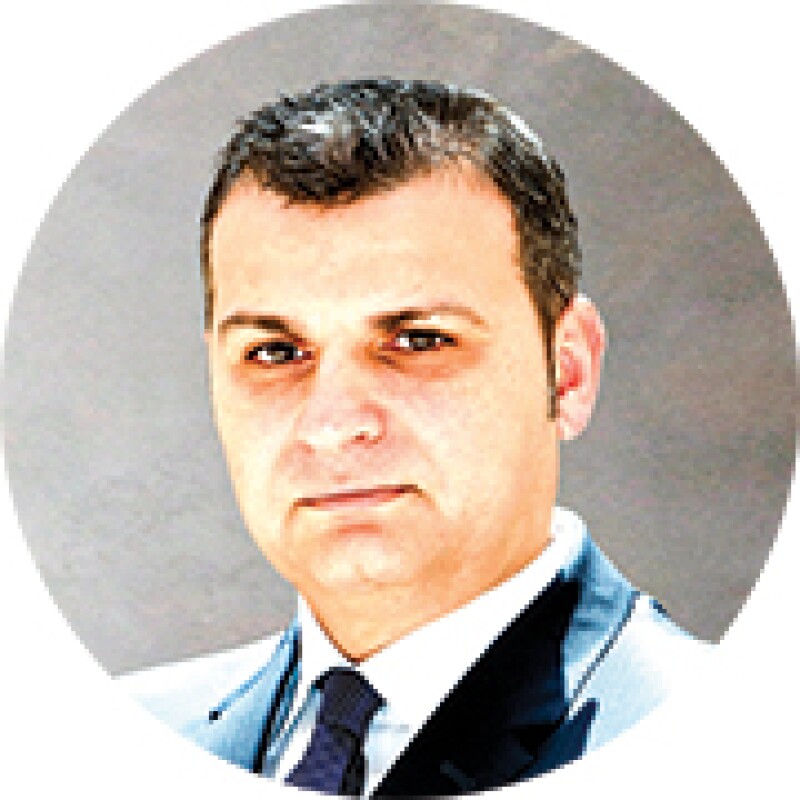
The cyclical recovery in Albania remains on track. Our economy is experiencing solid and broad-based growth, supported by the improved external environment and an appropriate mix of monetary, fiscal and financial policies.
Expanding private sector consumption, a positive investment cycle, higher tourism revenues and a continuously diversifying export base have underpinned the strong growth trajectory of the past four years. In addition, growth drivers remain sound. The recovery of aggregate demand is supported by favourable financial conditions, as testified by the low interest rate environment, higher employment and increased overall confidence in the economy.
Medium-term inflationary pressures are gradually building up. Inflation averaged 2.0% in 2017, up from 1.3% in 2016. It has held steady, at around 2.1% in the first half of 2018. The rise in inflation is due to both domestic pressures and higher imported inflation. The main economic and financial balances are also improving. Public debt is under control and declining; both current account deficit and external debt are decreasing; the main banking system indicators, including profitability and NPL ratios, are improving; and private sector balance sheets are strengthening.
The policy mix in Albania remains broadly accommodative, with the expansionary monetary policy more than compensating for the ongoing fiscal correction. Financial policy has been broadly aimed at: enhancing financial regulation and supervision; strengthening banks' balance sheets, inter alia, thorough continued focus on NPL reduction; improving the lending environment; and, promoting financial system development as well as enhancing its payment infrastructure. Structural reforms have followed a well-targeted, intelligent and effective agenda, in a bid to strengthen market flexibility, increase openness and support technological progress.
Based on robust grounds, the macroeconomic outlook for Albania is positive, with a rapid convergence to equilibrium expected over the next few quarters. While downside risks remain aplenty over the medium term, and policy makers need to be mindful of them, I believe the recovery should help us enhance rather than lose focus on the structural reform agenda.
In particular, building upon the lessons of the past, three areas need to be addressed.
First, Albania needs a more efficient and resilient growth model in the future. Amongst others, the new growth model should allow for a more competitive, as well as vertically and horizontally integrated economy. This should pave the way for a more export-driven growth model, avoiding the risk of a build-up in domestic imbalances.
Second, we should strive to avoid domestic financial imbalances in the future. The commitment to public debt reduction should not abate. Further, domestic savings rates need to be propped up over the medium to long term, while – without losing sight of good business prospects – financial intermediaries should avoid a relapse into the relaxed risk-controlling practices of the past.
Third, it is vital to further deepen and diversify the financial market, with an added focus on capital markets, as an alternative avenue to channel savings into productive investment in the economy.